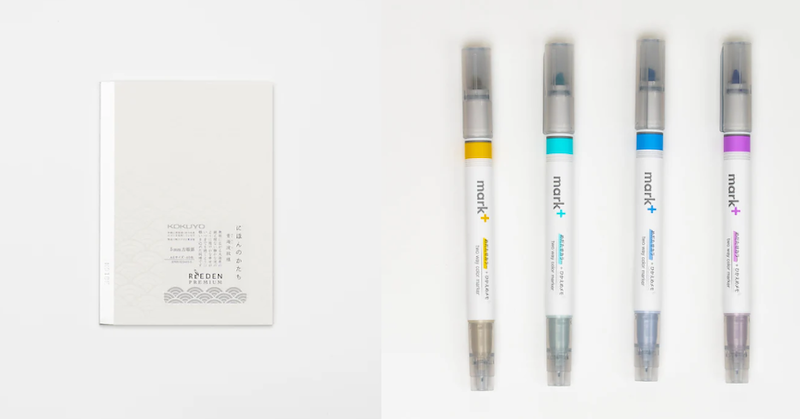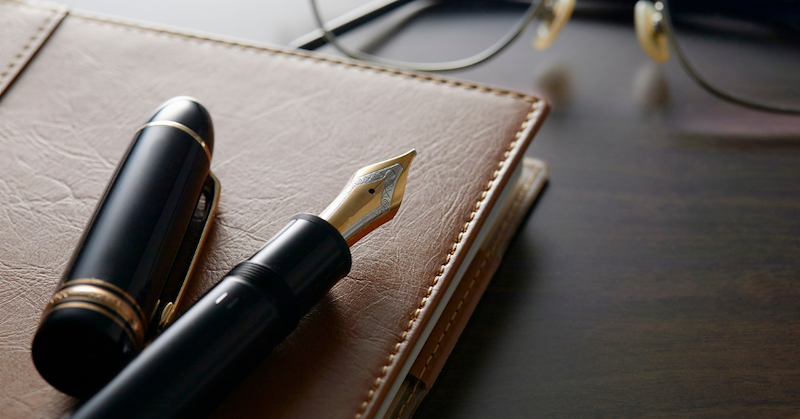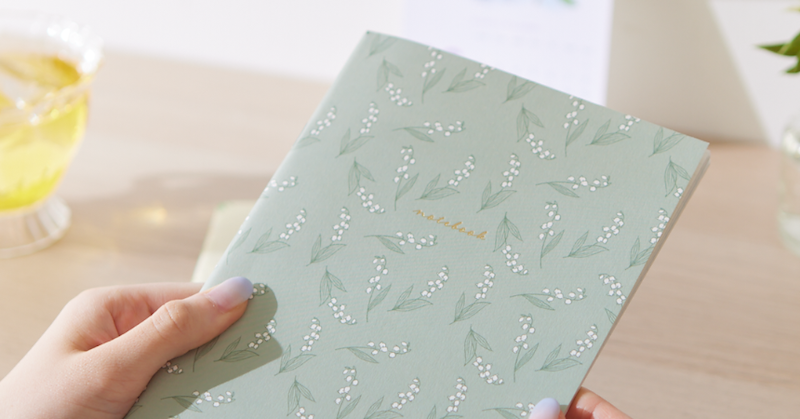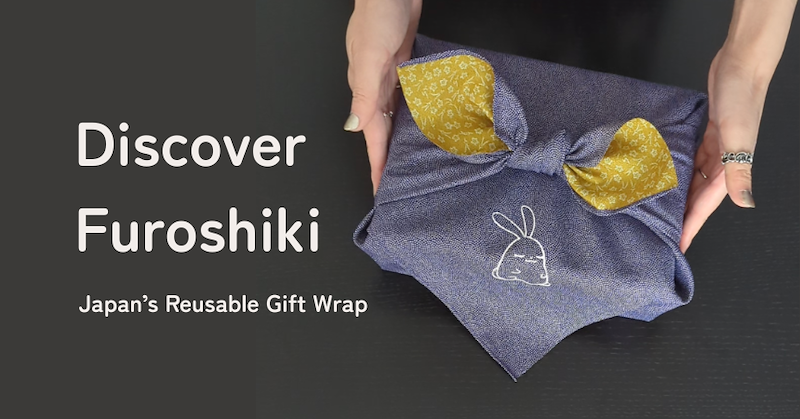Blog
Top Tags
tips & guides
|
Japanese culture
|
reviews & rankings
|
writing tools
|
planners & journaling
|
art & craft
|
creative ideas
|
notebooks & paper
|
stickers & tapes
|
brands & makers
|
Featured Article
Explore Kokuyo’s best stationery—from Campus paper to DotLiner, Harinacs, and iconic Japanese tools. A complete guide to Japan’s minimalist stationery brand.
Discover ZenPop’s one-time gift plans (3, 6, 12 months). No auto-renewal, no subscription—just a thoughtful Japanese stationery gift for any season.
Discover the best Japanese fountain pens—from beginner-friendly picks to premium classics. Smooth nibs, timeless design, and tools that inspire daily writing.
Explore the most expensive Japanese fountain pens—from rare Namiki maki-e masterpieces to ultra-limited Sailor and Nakaya creations. A true luxury pen guide.
Explore the best Japanese notebooks in—Midori, Kokuyo, Mnemosyne, Stalogy, Life Noble & more. Learn how to choose the perfect notebook for writing or art.
Discover the best Japanese mechanical pencils—top picks from Pilot, Uni, Pentel, Tombow & more. See features, tips, and why Japanese pencils stand out.
Discover ZenPop’s Denise and her dreamy, minimal stationery picks—from glittering washi tapes to playful Iwako erasers. A calm reminder to find joy in small, beautiful things.
Discover Kuretake, the Nara-born Japanese brand blending tradition and art. Explore brush pens, ZIG markers, and Gansai Tambi watercolors at ZenPop.
Don't know which type of journal to use for scrapbooking? Here are the best options.
Discover the meaning and beauty of furoshiki, the Japanese cloth wrapping tradition. Learn its history, uses, and how to wrap your gifts with mindful elegance.
Warm up your desk this winter! Discover easy, charming ways to create a cozy, inspiring workspace using Japanese stationery and simple seasonal touches.











